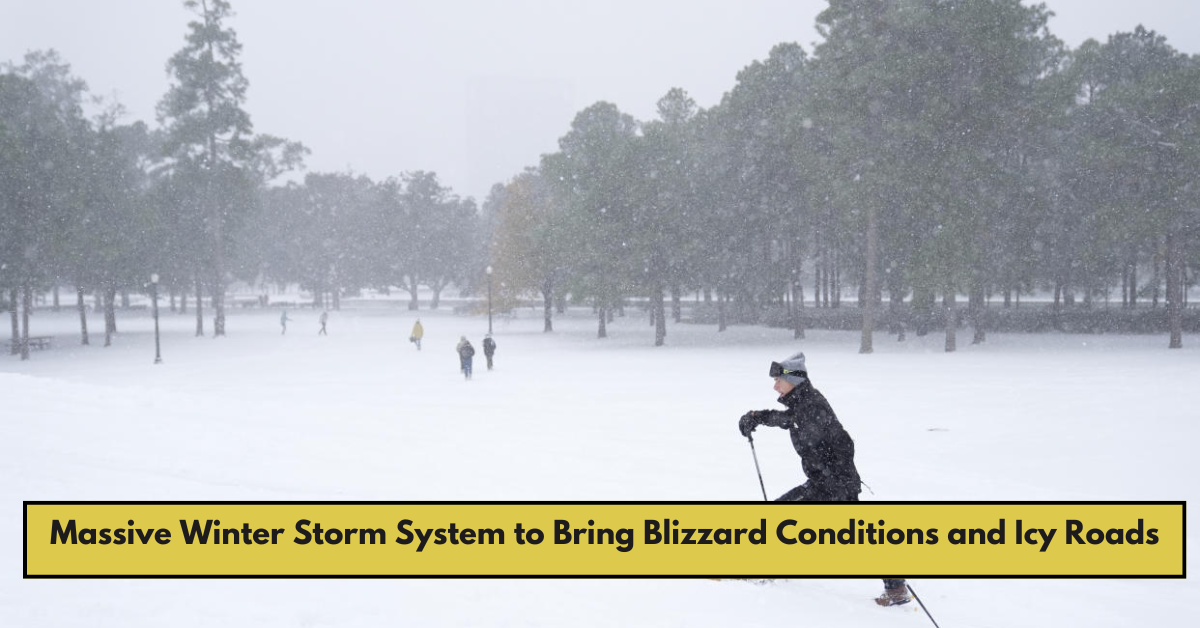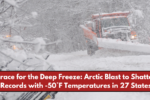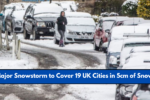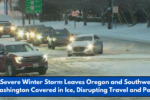The U.S. is bracing for another round of winter storms that will bring heavy snowfall, ice accumulation, and dangerously cold temperatures to millions of people across the country. A powerful weather system is set to impact at least 40 states, stretching from the Midwest to the Northeast, leading to hazardous travel conditions and potential power outages.
Storm Overview
The National Weather Service has issued winter storm warnings and advisories for multiple states as a new wave of winter weather moves across the country. According to meteorologists, the storm will first hit the Plains before heading eastward, affecting major cities such as Chicago, New York, and Washington, D.C.
First Storm: Early Week Snow and Ice
The first storm system is already developing over the central U.S., bringing light to moderate snowfall from Colorado to the East Coast. Areas such as Kansas, Missouri, and Indiana are expected to see significant snowfall, prompting local governments to prepare emergency response efforts.
Second Storm: Midweek Intensification
As the first storm exits, a stronger system is expected to move in by midweek, bringing heavier snowfall and freezing rain. States from the Midwest to the Northeast, including Pennsylvania, New Jersey, and Massachusetts, are likely to experience dangerous conditions.

In response, Virginia Governor Glenn Youngkin has issued a state of emergency, warning residents to prepare for up to 10 inches of snow and significant ice accumulation (Virginia Government).
Third Storm: Late-Week Disruptions
Forecasters predict that a third winter storm could develop later in the week, bringing additional snowfall to regions already affected. This system could exacerbate existing power outages and cause more travel disruptions, particularly in states like Ohio, Kentucky, and Tennessee.
Regional Impacts
Mid-Atlantic and Northeast
- Virginia, West Virginia, Maryland, and Pennsylvania are expected to see significant ice accumulation, leading to treacherous road conditions and potential power outages.
- New York City could receive up to 5 inches of snow, with higher amounts in surrounding areas, impacting commuters and weekend activities.
- Schools and businesses may face closures due to hazardous travel conditions.
Midwest
- Chicago and surrounding areas will see heavy snow and subzero temperatures, making travel dangerous.
- Indiana, Ohio, and Michigan are bracing for icy roads and freezing rain, increasing the risk of accidents and power disruptions.
South and Central U.S.
- Texas and Oklahoma could see a mix of snow and freezing rain, potentially affecting travel and infrastructure.
- States like Tennessee and Arkansas may experience freezing temperatures and ice buildup on roads and power lines.
Travel and Safety Precautions
With widespread winter storm warnings in place, authorities urge residents to take precautions to stay safe. Here are some important safety tips:
1. Stay Updated
Monitor local weather reports and follow updates from the National Weather Service (NWS) and The Weather Channel (weather.com).
2. Prepare for Power Outages
Stock up on essential supplies, including:
- Flashlights and extra batteries
- Non-perishable food and bottled water
- Warm blankets and extra clothing
Check with your local utility provider for outage maps and updates (Department of Energy).
3. Limit Travel
- Avoid unnecessary travel during the storm, as roads may become impassable.
- If driving is necessary, ensure your vehicle is winter-ready with proper tires, emergency kits, and extra fuel.
The Federal Highway Administration (FHWA) provides real-time road conditions and travel alerts.
4. Help Vulnerable Individuals
- Check on elderly neighbors and those with medical conditions who may need assistance during the storm.
- Ensure that pets have adequate shelter and food.
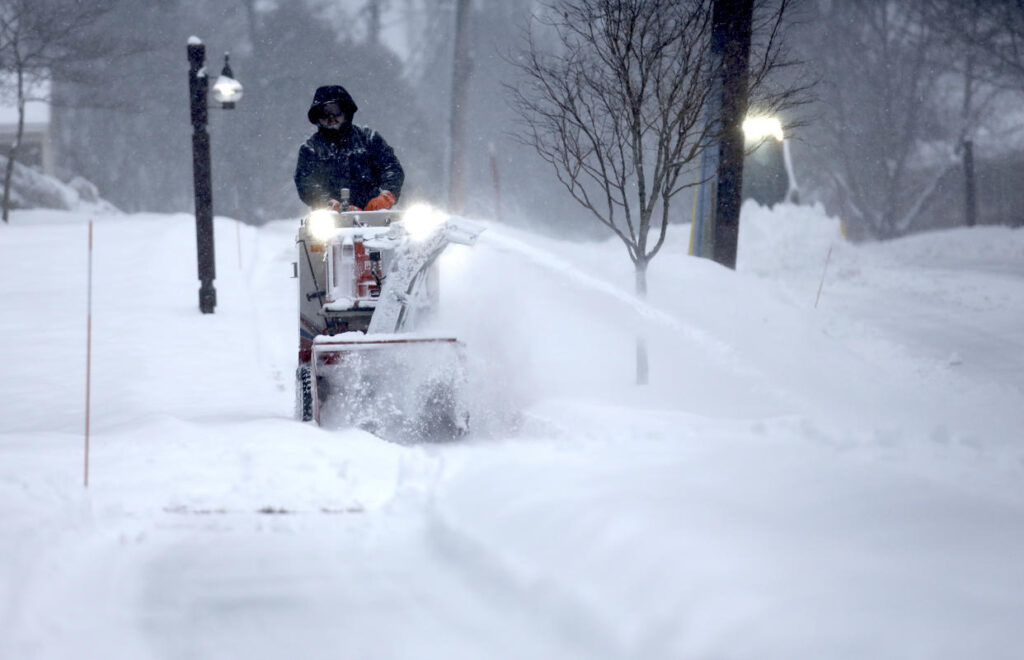
Government Response and Emergency Measures
State and federal agencies are actively preparing for the winter storms. The Federal Emergency Management Agency (FEMA) has activated emergency response teams in affected regions to coordinate disaster relief efforts.
The White House has urged state governments to take proactive measures, including activating the National Guard in some areas to assist with emergency rescues and road clearing.
Conclusion
With multiple winter storms set to impact millions across the U.S., preparation and caution are essential. Authorities are urging residents to stay informed, limit travel, and be prepared for potential disruptions due to snow and ice accumulation.
Stay updated with official forecasts from trusted sources like the National Weather Service (NWS) and government agencies as conditions continue to evolve. By taking the necessary precautions, individuals can minimize the impact of these powerful winter storms on their daily lives.
This article has been carefully fact-checked by our editorial team to ensure accuracy and eliminate any misleading information. We are committed to maintaining the highest standards of integrity in our content.

A senior at Yale-NUS College with interests in developmental and labour economics, as well as creative non-fiction and poetry. Currently, I’m studying as an Economics major and an Arts and Humanities minor (focusing on Creative Writing) with heavy involvement in the Singaporean journalism scene and involved in research on economic history and educational policy. I’m working as an author for The Octant, Yale-NUS’ student publication, as a writer for Wingspan, Yale-NUS’ alumni magazine, and as a tutor for the NUS Libraries Writer’s Centre. | Linkedin

